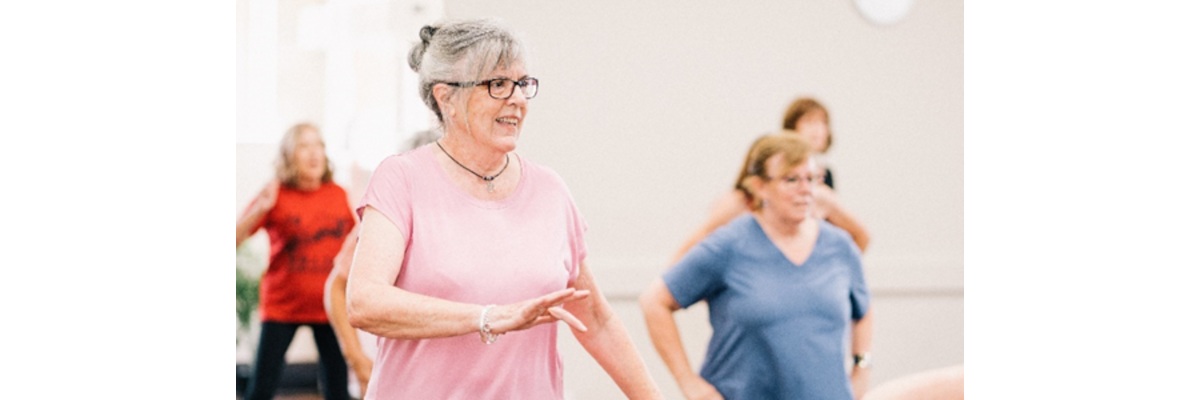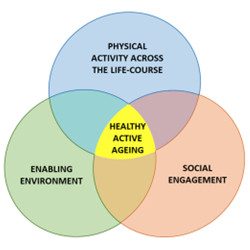Tourism for active and healthy aging
06 October 2022

Staying physically active, eating well, socializing, and improving your health can help you live a healthy, happy, and active life as you age.1 But how old is „older“? The United Nations standard is the age of 60 to describe “older” people. This may seem young in the developed world and in those developing countries where major gains in life expectancy have already occurred. This proves that good habits and a supportive social environment influence well-being in old age.
What is active and healthy aging?
The adoption of healthy lifestyles and actively participating in one’s care are important at all stages of the life course. Figure 1 illustrates a healthy active aging framework that incorporates 3 key features that leads to healthy active aging:

Figure 1: A healthy active aging framework
Physical activity improves the health and well-being of older people while social engagement motivates them to maintain healthy levels of physical activity. And finally, key design features are needed to facilitate both the physical activity and social engagement required to support the highest possible quality of life for older people.2
Role of tourism in active and healthy aging
The value of tourism has been included in studies of active aging, and the existing public health implications of the physical and mental health effects of tourism among seniors are recognized as important issues. Given the potential for active aging to generate positive improvements in the overall health of all seniors, including their physical and mental health, activities that stimulate active aging, including tourism, have emerged as a domain related to seniors’ health.3
Tourism is seen by the European Economic and Social Committee as an opportunity for relationship building, personal development, and social integration. The research4 performed in 2020 shows that:
- The net beneficial impact of tourism on self-rated health may operate through several mechanisms such as improvements in tourists’ cognitive functioning, healthy lifestyles, self-esteem, family and social relations, and psychological and spiritual well-being. Thus, tourism participation is an effective way to promote healthy aging.
- A relationship between holidaying and self-perceived health and independence to carry out activities of daily life among older people. The implications of this positive relationship could affect the social and health systems in the way that people who feel better use both services to a lesser extent and, consequently, governments could see reduced spending in these areas. Therefore, social tourism policy could be used as a strategy to provide a better quality of life and healthy aging for elderly people and to reduce the costs of aging societies.
Market potential
The older population (silver market) is a driving force in the tourism and hospitality industry and one of its fastest growing and most evolving segments. In this context, it is of paramount interest for the tourism industry to un¬derstand the travel behavior of the elderly to adjust existing tourism products to their needs effec¬tively.
That is where project eSilver Tour offers an opportunity to learn more about specific characteristics of the tourism sector for older people. The project partnership is almost finished developing 8 modules which will be available to access very soon. The learning platform will be launched in Autumn 2022 and the training will be delivered using a blended approach.
Photo credit: Wellness Galley Catalyst Foundation from Pexels
References:






